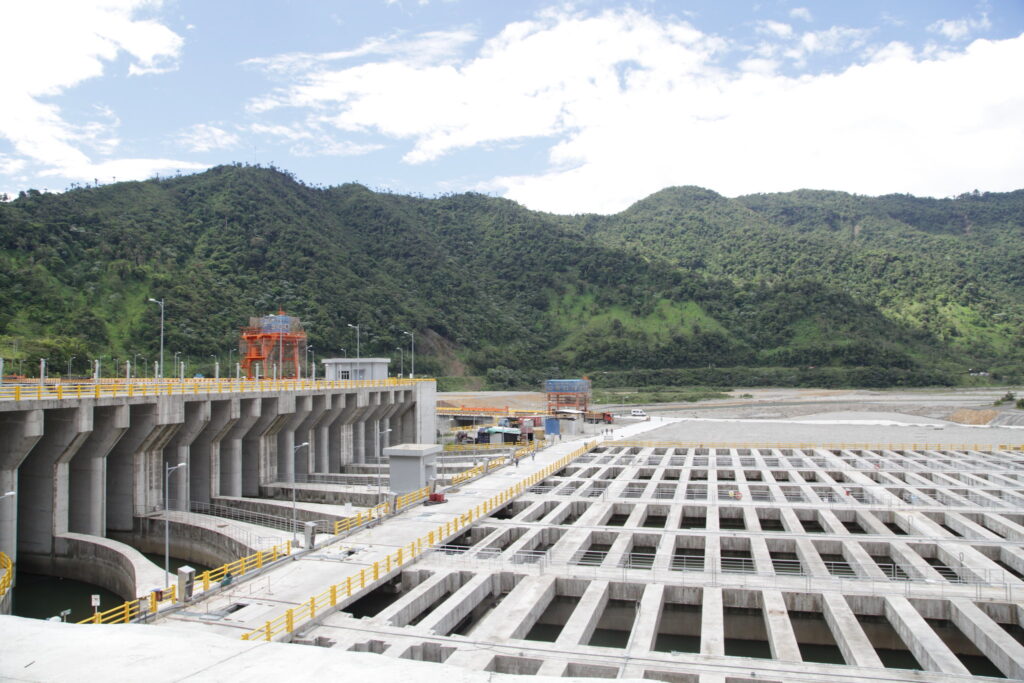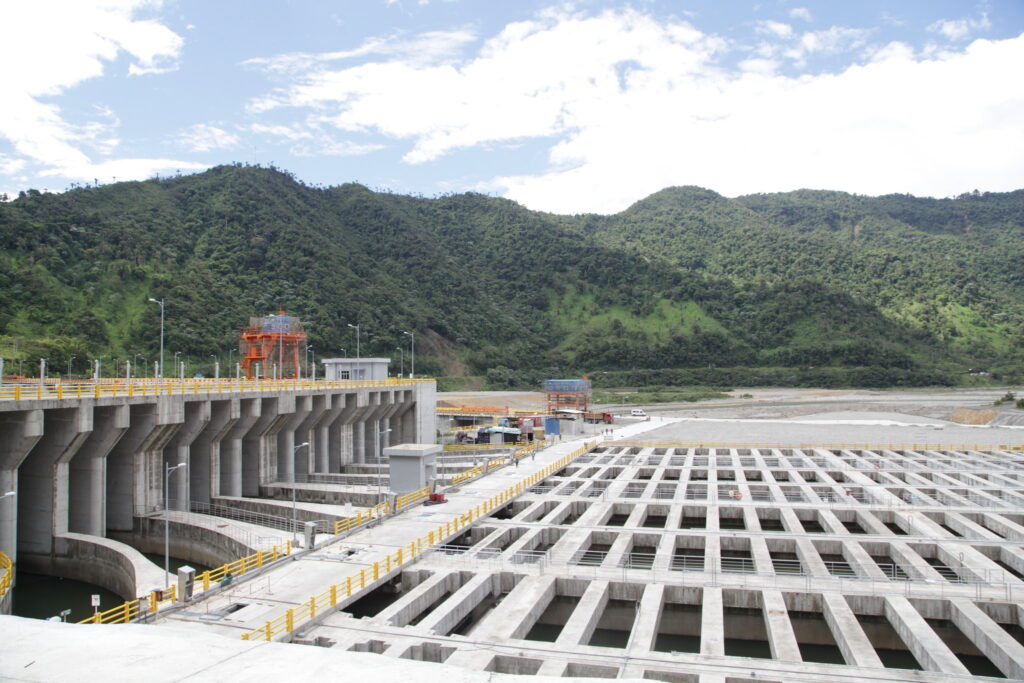
Ecuador is a major hydropower producer from the available water resources in the country. This helps to provide electricity to consumers, businesses and industries in the country. Hydropower contributes to around 55% of the total energy production in the country. It is however vulnerable to droughts as this leads to the shift to coal-fired plants to meet the increased demand. The Ecuadorian government commits to convert the old oil-fired power plants to natural gas. The government also released a series of plans to meet the country’s electricity demand and encourage private investments. It is also offering 100% income tax exemption for new investments in renewable energy. This comes after the global need to transition to green energy sources.
Utility fasteners include the tools used for connecting domestic appliances and high-tech gadgets. They serve as non-permanent joints to avoid abrasion and damage of different parts. These fasteners include bolts, nuts, washers, screws, clamps and clevises. They help to mechanically connect the wide range of applications in the industry. Utility fasteners are from materials such as stainless steel, carbon alloys, titanium, aluminum and other coatings. They work in pole line and power line hardware installation. They also ensure safe, secure and reliable installations in the fields.
How Ecuador maintains sustainability in times of drought
The seasonal variations in hydropower generation from drought impacts electricity generation. The government has taken various measures to enhance energy sustainability during the drought season. This includes combining both short-term and long-term strategies to maintain the reliable electricity supply. Utility fasteners are from materials that resist rust and corrosion for a longer serviceable life. The following are the measures that increase the energy sustainability in Ecuador.
- Research and development – investing in research and development leads to innovations that enhance energy sustainability. This includes technologies such as energy storage and grid management systems.
- Energy conservations – launching public awareness campaigns encourages the responsible energy use. It helps to give information on energy consumption and shifting energy intensive tasks.
- Hydropower management – this includes storing water during wet periods and releasing it during droughts to generate electricity. This could help maintain a consistent supply of supply of hydropower in the country.
- Thermal power generation – the country can increase its reliance on thermal power plants that use fossil fuels. This helps to have a backup source when hydropower is low. Utility fasteners have mechanical strength to provide secure connections in various applications.
- Energy sources diversification – Ecuador could include other renewable sources for electricity production during the drought times. These sources include solar, wind and geothermal energy.
- Energy storage – use of batteries for energy storage helps store excess energy generated during periods of high-water flow. This energy can help during dry spells and reduce the reliance on hydropower during the drought season.
- Improved grid infrastructure – this could help to improve energy sustainability in the country. It allows for the efficient transmission of electricity from different sources during droughts.
- Energy efficiency – the government could promote energy efficient measures among consumers and industries. This could reduce the overall electricity demand in the country. Utility fasteners also help to prevent abrasion and deterioration to the various overhead installations.

Social impacts of hydropower energy production
Hydropower impacts can be positive or negative depending on the scale of management of the project. Ecuador’s government and project developers should work with the local communities. This is to ensure they benefit from the projects. They should also compensate those affected by the development of the project. Utility fasteners also help to resist rust corrosion and damage of the key elements of the installation. The following are the social impacts of hydropower development in Ecuador.
- Increased access to electricity – expansion of hydropower can lead to increased access to electricity. This helps to improve the life for the rural communities.
- Economic growth – hydropower provides reliable and affordable electricity that stimulates economic growth. It also attracts investment and supports industries and businesses in the country.
- Displacement of communities – the projects may require large pieces of lands which displace local communities.
- Environmental impacts – the reservoirs may have ecological impacts. It affects fish populations, water quality and disrupting local ecosystems.
- Public health concerns – change in water flow and quality impacts local health. Construction activities lead to air and water pollution.
- Job creation – the development creates opportunities during the construction phase which boosts economies.
